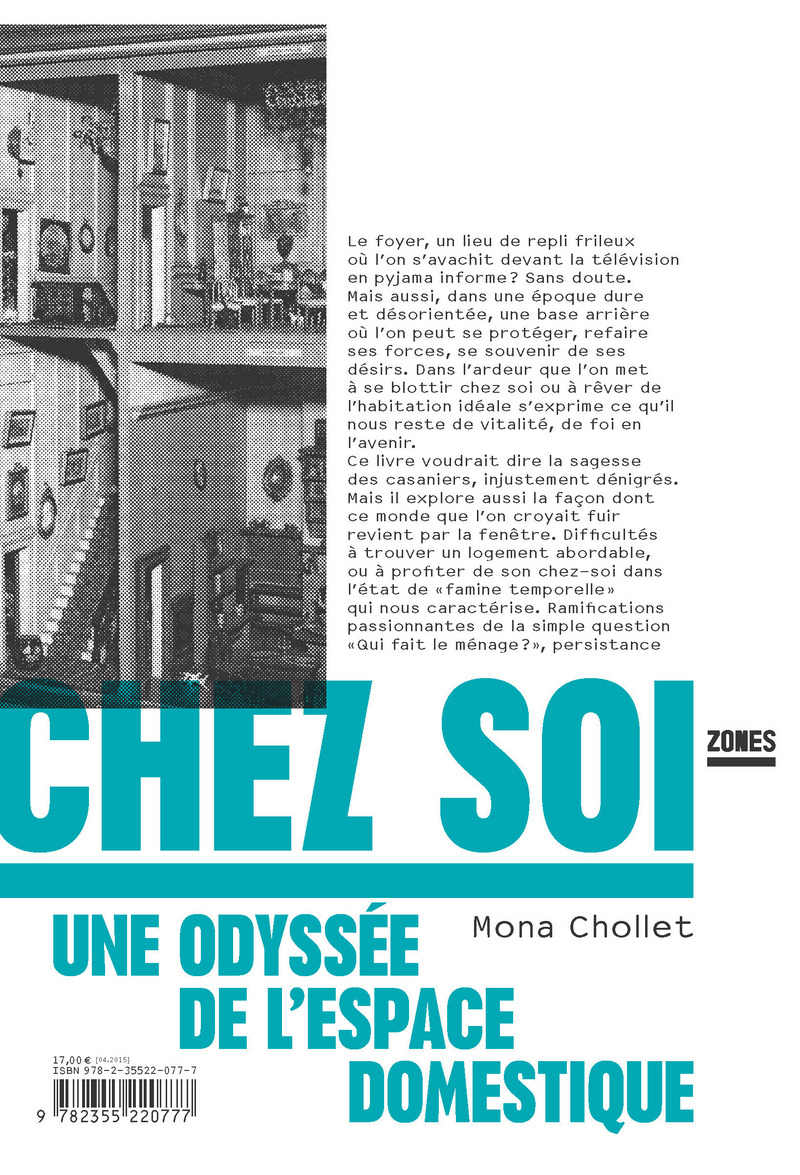Description
The burial plot, which dates from 1922 and was created on the part of the cemetery extended in 1915, was reacquired by the City in 2003. The monument commemorates a notable family of hoteliers from the capital.
The Staar family is synonymous with the capital's modern business hotel industry. Hôtel Staar, at the junction of Avenue de la Gare and Avenue de la Liberté, was one of the capital's most iconic buildings. The plot contains the remains of Léon Staar (21 February 1879 – 20 November 1921) and his wife Victorine Wagner (6 January 1881 – 25 May 1934), as well as their son Jean-Léon Staar (20 November 1904 – 8 November 1938). Henry Staar (1886-1921), who, together with his brother, ran the business their father had founded, died in Davos, Switzerland, where he was cremated.
Hôtel Staar was established by Léon and Henry's father Jean Staar (1848-1917), who since 1886 had been running Hôtel de la Gare together with his wife, Franziska Barnich (1856-1894). In 1899, when the State started developing Avenue de la Liberté, it placed a compulsory purchase order on Staar and Barnich's property and paid them an additional sum to build a hotel with iconic architecture at the junction of the two avenues, in the shadow of the central railway station. Hôtel Staar opened its doors in January 1906. It comprised 54 rooms and was expanded to 60 rooms in 1938. The ground floor housed a café, banquet halls, reading and breakfast rooms, and a restaurant with terrace for around 100 people. The hotel also offered a hair salon with perfumery and a bookshop. Jean-Léon Staar had learned his trade as a hotelier in Switzerland. He gave the name "Grand Hôtel Staar" to the business he had inherited from his parents. The hotel was promoted at international trade fairs, as well as in the press and on the radio. The sudden death of Jean-Léon Staar and the State's wish to incorporate the terrace into the pavement of Avenue de la Gare led to the hotel's closure in 1938. The building survived until 1968, housing the Ministry of Reconstruction, the National Tourism Office and the ECSC, before serving as office space for the European Communities.
The monument, which dates from 1922, is constructed exclusively from polished black granite. A zinc railing supported by angular posts surrounds the plot. The cenotaph, which occupies the centre of the plot, is flanked by tombstones on either side. Bronze lettering shows the names of the deceased, along with the precise dates of their births and deaths. The list of the deceased is preceded by a Chi Ro symbol and ends with the appeal "Vivas in Pace!". The monument is signed H. Jacquemart, marble worker and sculptor in Luxembourg-Gare. It does not feature a font.













![Image of event Faust – Eine deutsche Volkssage [feat. Murcof] (Live@Cinémathèque)](https://storage.googleapis.com/lu-echo-prod-experiences/wNqoZmove5SG6TRjbN97Kc/faust-eine-deutsche-volkssage-feat-murcof-retrospective-friedrich-wilhelm-murnau-WRGsCI/media_Faust_03_main.jpg)

